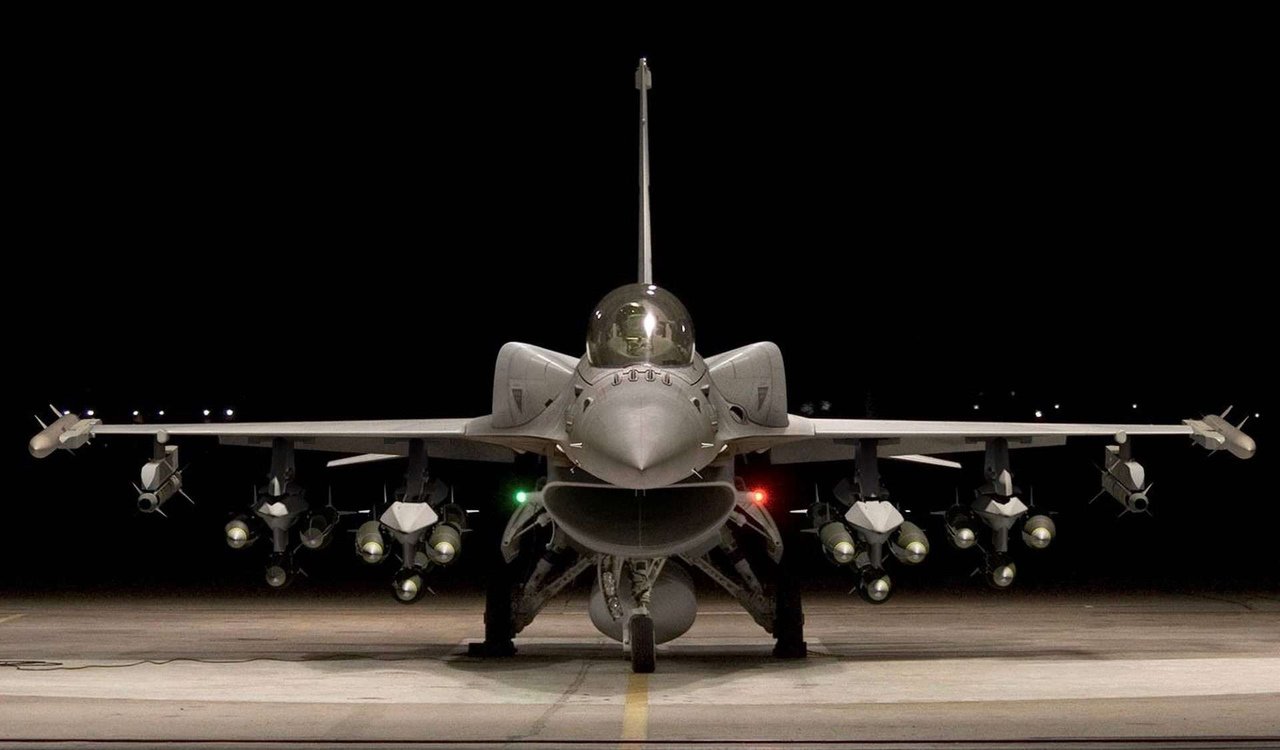Vietnam Eyes F-16 ‘Viper’ Block 70/72 Purchase as America Sets Up Arms Deal
The acquisition of F-16s, developed by Lockheed Martin, by Vietnam would be a historic moment, as the Vietnamese Air Force has traditionally operated Russian-made fighters such as the Su-30, Su-27, and Su-22.
(DEFENCE SECURITY ASIA) – The United States is reportedly in talks with the government of Vietnam to seal the largest-ever arms deal between the two nations, which once fought each other about 50 years ago.
Recently, President Joe Biden visited Vietnam, where both parties held preliminary discussions about this arms deal, which is likely to be finalized early next year.
It’s particularly intriguing that Vietnam, which suffered significant casualties during its conflict with the United States, is now considering American-made weaponry to “defend itself.”
Washington had only lifted its arms sales embargo on Vietnam in 2016.
The relationship between Washington and Hanoi has been growing closer in the decades since the end of the Vietnam War, particularly in recent years due to concerns in the South China Sea.

The sale of weapons by the United States to Vietnam, a country that shares a contentious relationship with China over the South China Sea, is bound to strain relations between Hanoi and Beijing further.
It would also displace Russia, which has long been Vietnam’s primary arms supplier.
Sources close to the negotiations between Washington and Hanoi have informed Reuters that the arms package could involve the acquisition of F-16 fighter jets for Vietnam.
They also suggest that Washington is considering structuring flexible financial terms to assist Vietnam in purchasing American-made weapons, thereby replacing the Russian weaponry that has been used by its military for years.
Moscow currently supplies nearly 80 percent of Vietnam’s arms.

The acquisition of F-16s, developed by Lockheed Martin, by Vietnam would be a historic moment, as the Vietnamese Air Force has traditionally operated Russian-made fighters such as the Su-30, Su-27, and Su-22.
Washington is expected to offer the F-16 Block 70 “Viper” variant, the most advanced version of the aircraft, equipped with various weapon systems, an AESA (Active Electronically Scanned Array) radar, a new mission computer, and several other upgrades.
While still categorized as a fourth-generation fighter, the latest F-16 Block 70 “Viper” boasts some fifth-generation technology.
It’s quite interesting to see Vietnam following in the footsteps of Malaysia and Indonesia by incorporating both Russian and Western main fighter aircraft into its air force fleet.
From a logistical perspective, this move may pose challenges for Vietnamese military leaders but could benefit from the experiences and advice of Malaysia and Indonesia, which have faced similar challenges when integrating two different fighter aircraft sources.

Hanoi has shown a keen interest in various American-made defense systems, especially maritime patrol aircraft, transport aircraft, and this may include fighter jets.
Washington’s decision to potentially sell weapons to Vietnam can be viewed from several angles.
It may be driven by the overall U.S. strategy to strengthen diplomatic and military ties with Vietnam and enhance its presence in the Indo-Pacific region.
Hanoi is seen as one of the key players in Southeast Asia for maintaining regional stability and countering Chinese influence in the region. — DSA

DOWNLOAD APPS DEFENCE SECURITY ASIA
Sebarang pertanyaan tentang pengiklanan, boleh hubungi admin di/To advertise can contact admin at: haikalhamas73@gmail.com


Comments are closed.